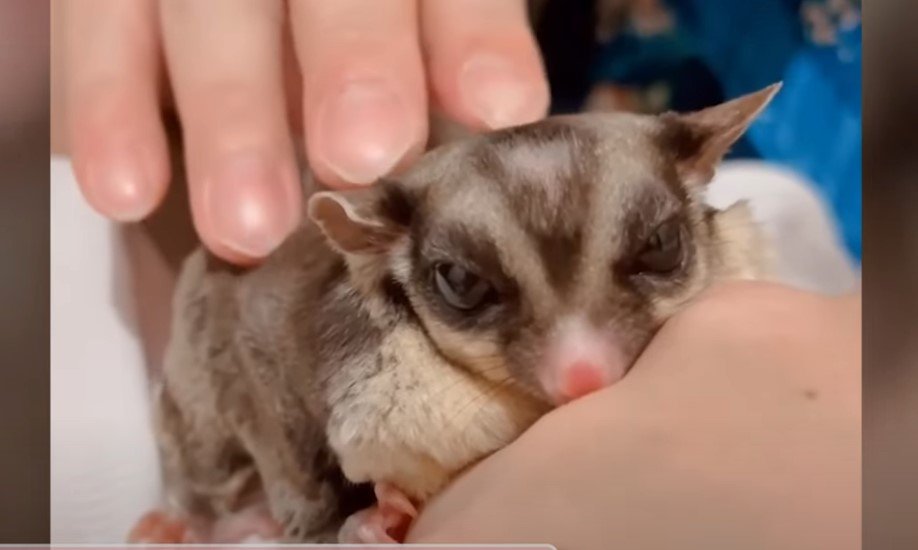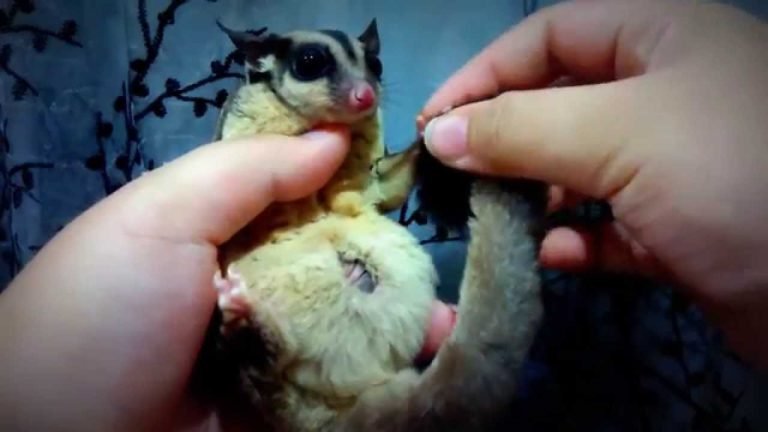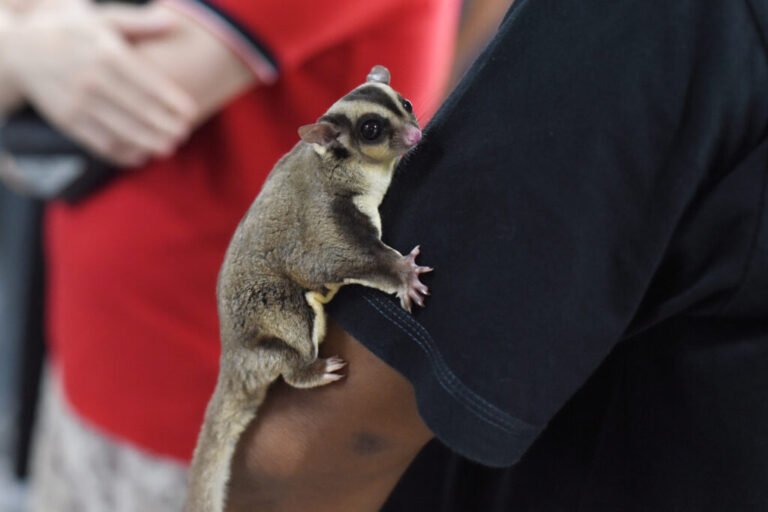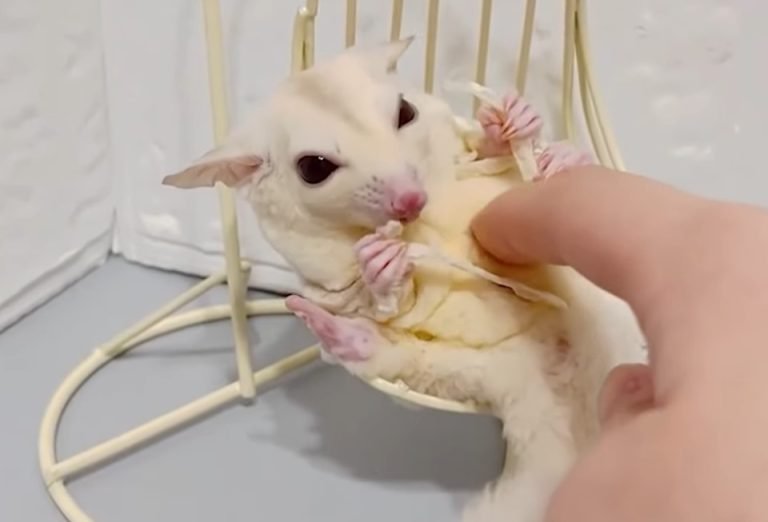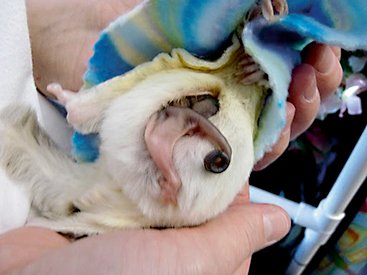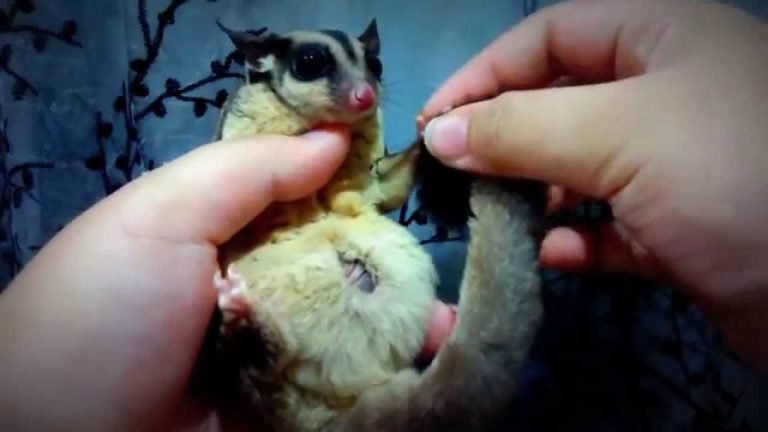What Sounds Do Sugar Gliders Make
What sounds do sugar gliders make?
Sugar gliders are small, adorable marsupials known for their unique vocalizations. If you’re curious about the sounds these fascinating creatures make, you’ve come to the right place. In this article, we’ll explore the various noises sugar gliders produce and what they mean.
Sugar gliders use vocalizations for various reasons, including communication, expressing emotions, and establishing territory. These tiny creatures have an impressive range of sounds that are both intriguing and adorable. Let’s delve into the world of sugar glider sounds!
Chirping and Barking
One of the most common sounds sugar gliders make is chirping. Chirping typically happens when they are feeling threatened or agitated. It serves as a warning to potential predators or intruders. The chirping sound resembles that of a bird and can range from soft and subtle to loud and piercing.
Sometimes, sugar gliders also emit a barking sound, which is a more assertive and intense vocalization. Similar to chirping, barking is a defense mechanism used to ward off potential threats. If you hear a sugar glider barking, it’s best to give them space and allow them to calm down.
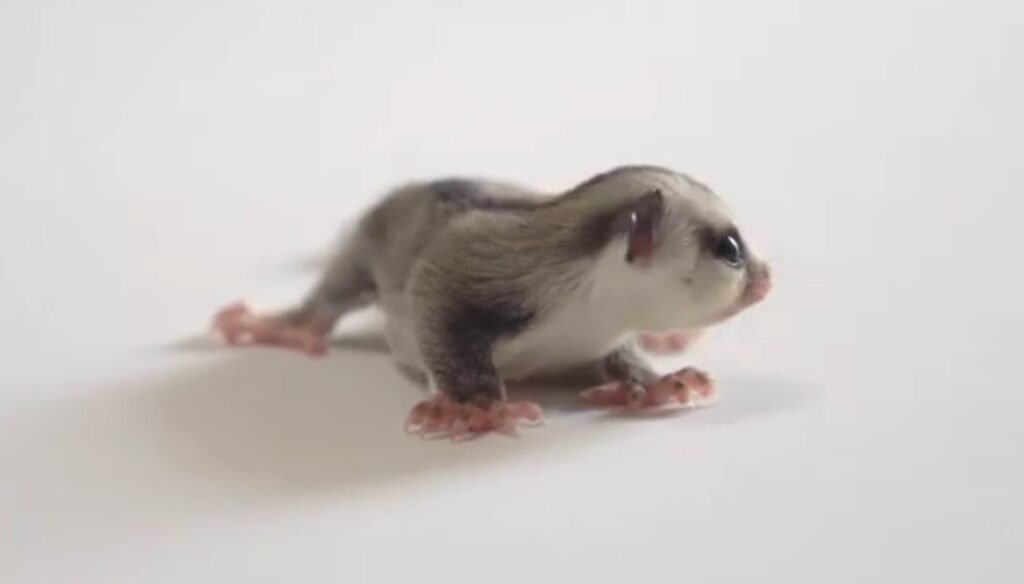
Crabbing
Another sound you might hear from sugar gliders is called “crabbing.” Crabbing sounds like a cross between a hissing cat and a chirping bird. This vocalization occurs when sugar gliders feel scared or cornered. It’s their way of expressing their discomfort and warning others to stay away. Crabbing is often accompanied by defensive postures, such as arching their back and displaying their teeth.
Purring
On the opposite end of the spectrum from crabbing and barking, sugar gliders are also known to make purring sounds. Purring is a sign of contentment and relaxation. It usually happens when sugar gliders are feeling safe and secure in their surroundings. This gentle, vibrating sound is a clear indication that your furry friend is enjoying their time with you.
Mother-Offspring Communication
Sugar gliders are highly social animals, and they use different vocalizations to communicate with each other. When it comes to mother-offspring communication, sugar gliders have a unique sound known as “crab calling.” Mother sugar gliders use this sound to locate their joeys and establish contact. Joeys, in turn, make soft clicking noises to communicate with their mother. These distinctive calls strengthen the bond between mother and offspring.
Screeching
In situations of extreme distress or fear, sugar gliders might emit high-pitched screeches. This piercing sound is an indication that they are experiencing significant discomfort or pain. It’s important to identify and address the cause of their distress promptly.
Frequently Asked Questions
Q: Can sugar gliders mimic human speech?
While sugar gliders are not known for imitating human speech, they can learn to recognize certain sounds and develop associations with them. With patience and consistent training, sugar gliders can be taught to respond to specific cues or commands.
Q: Do male and female sugar gliders make different sounds?
Male and female sugar gliders produce similar vocalizations and use them for the same purposes. There are no significant differences in the sounds they make based on their gender.
Q: Can sugar gliders communicate with other animals?
Sugar gliders primarily use sounds to communicate with their own species. However, they might also emit various vocalizations when interacting with other animals in their environment. These sounds serve as warnings or attempts to establish dominance.
Final Thoughts
In conclusion, sugar gliders have a diverse repertoire of sounds that they use to communicate with one another and express their emotions. From chirping and purring to crabbing and screeching, these little marsupials can produce an array of intriguing and sometimes surprising vocalizations. Understanding these sounds helps us better understand and connect with these fascinating creatures. So the next time you hear your sugar glider chirping or purring, you’ll know what they’re trying to tell you!

